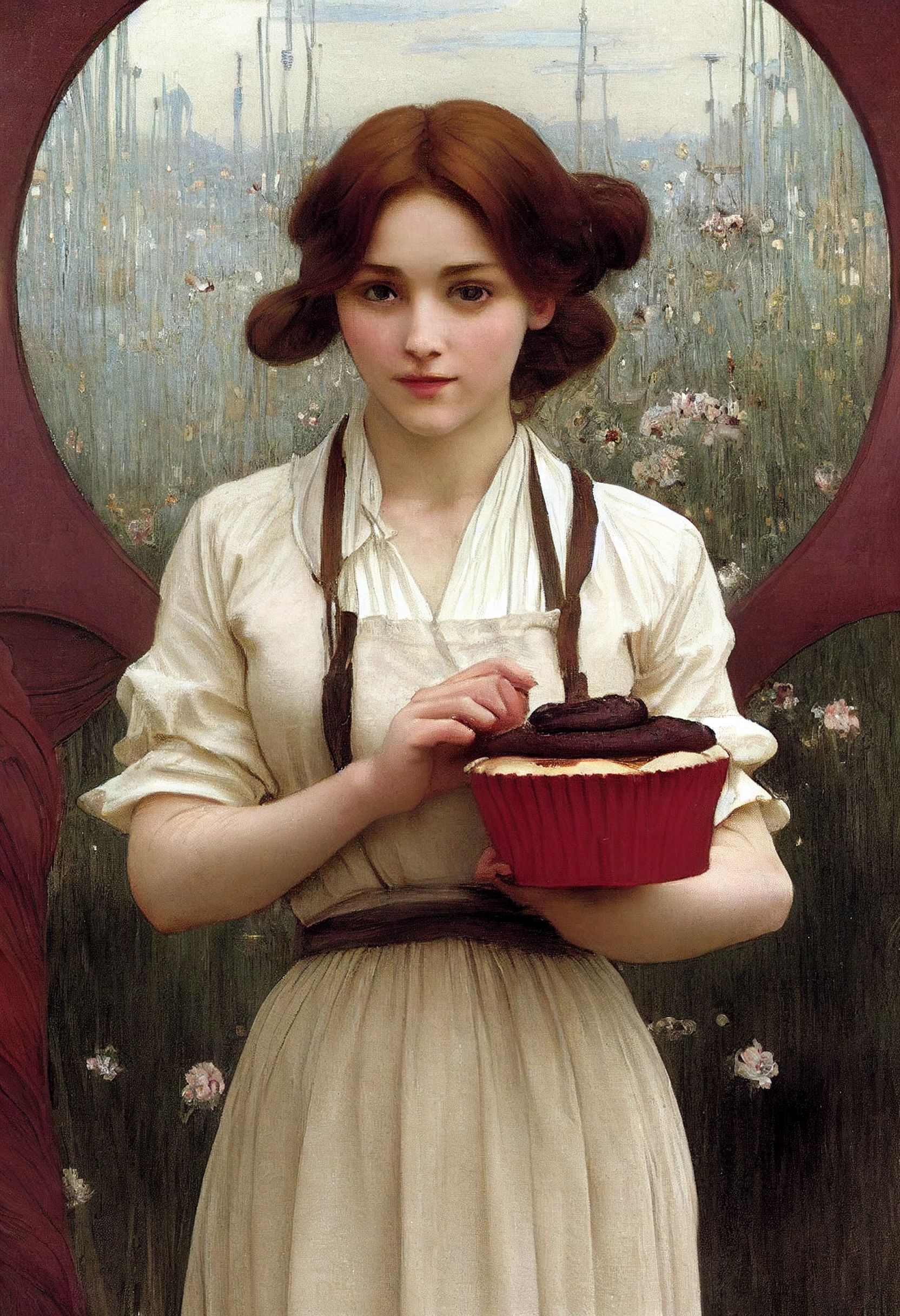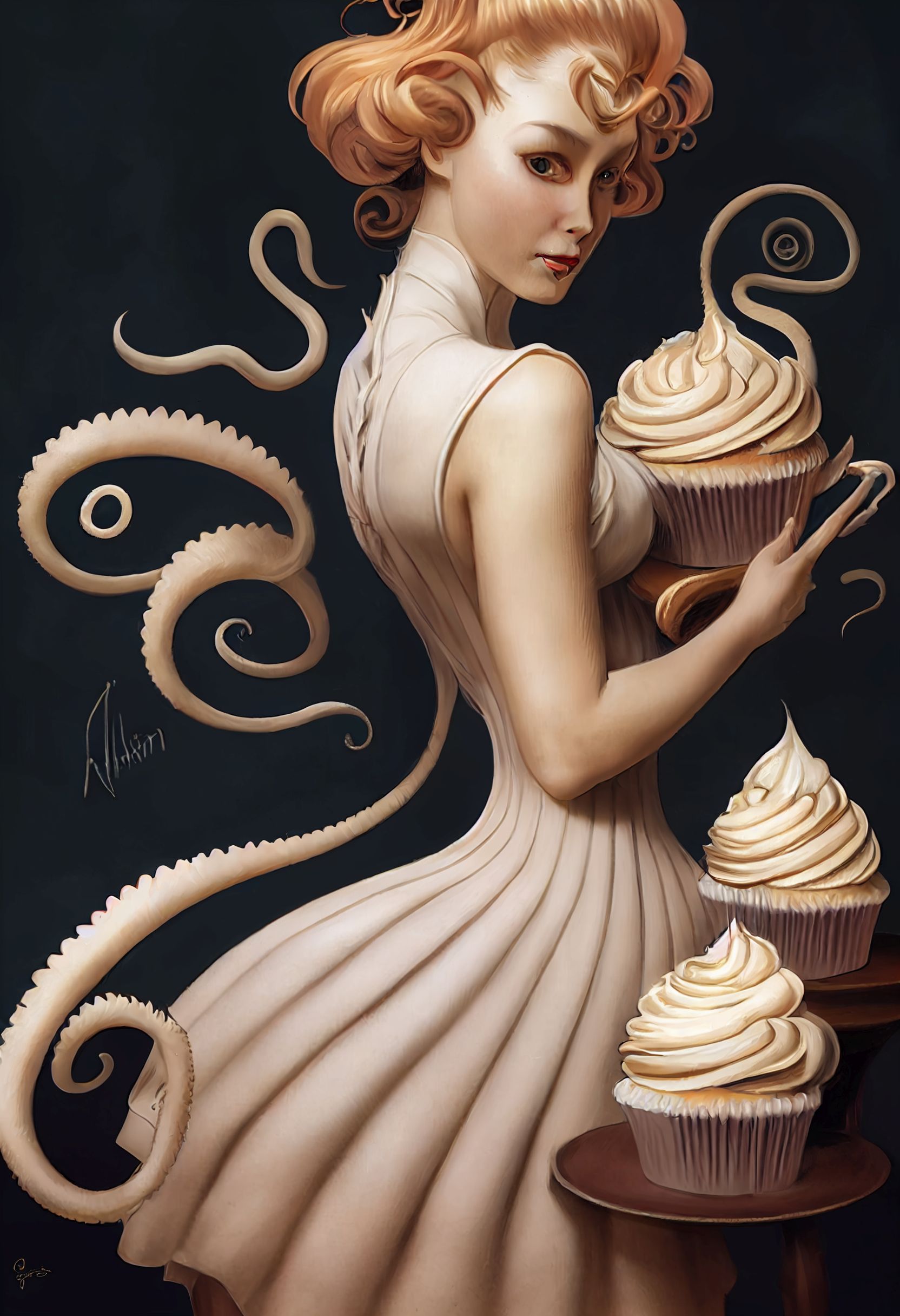
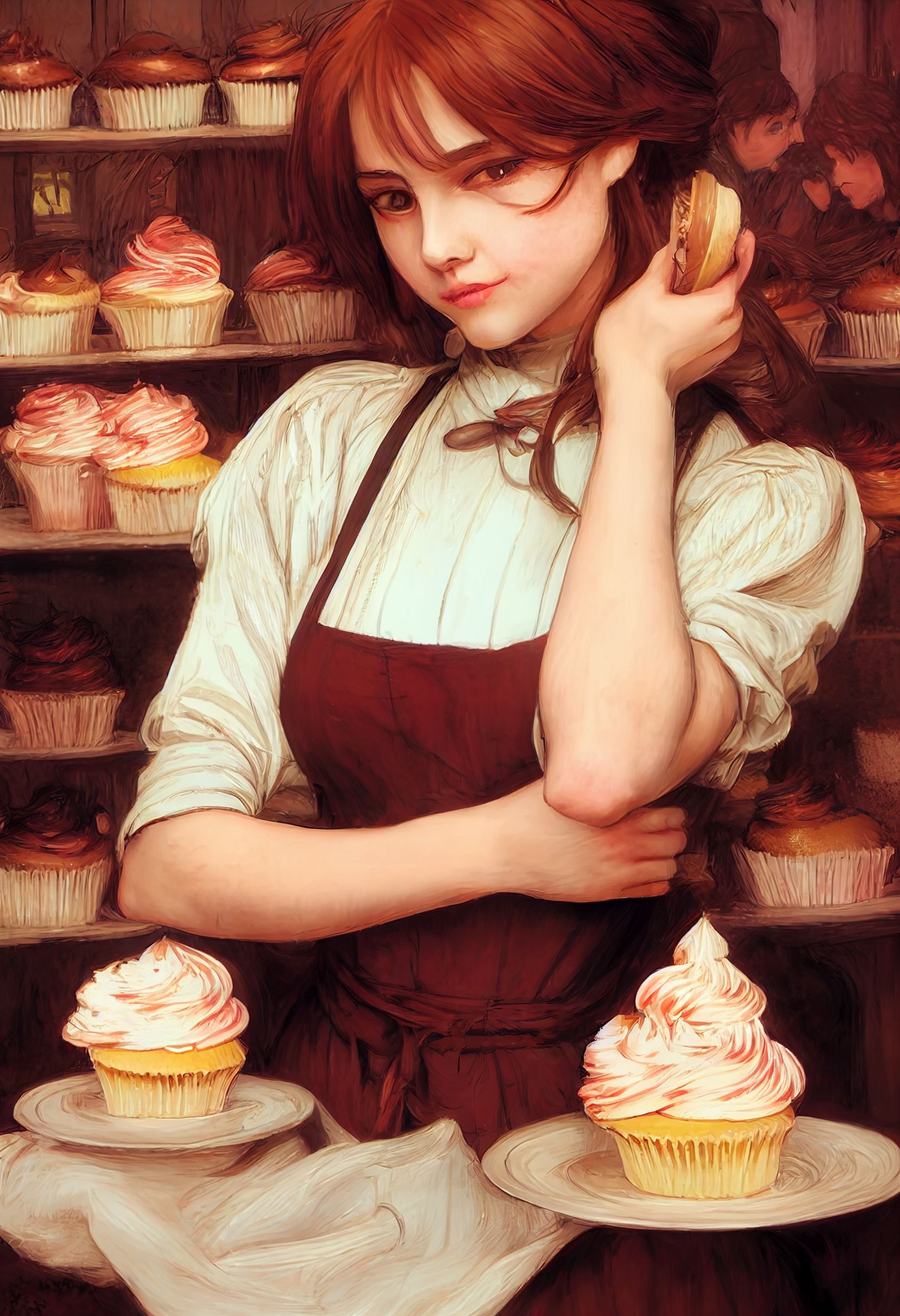
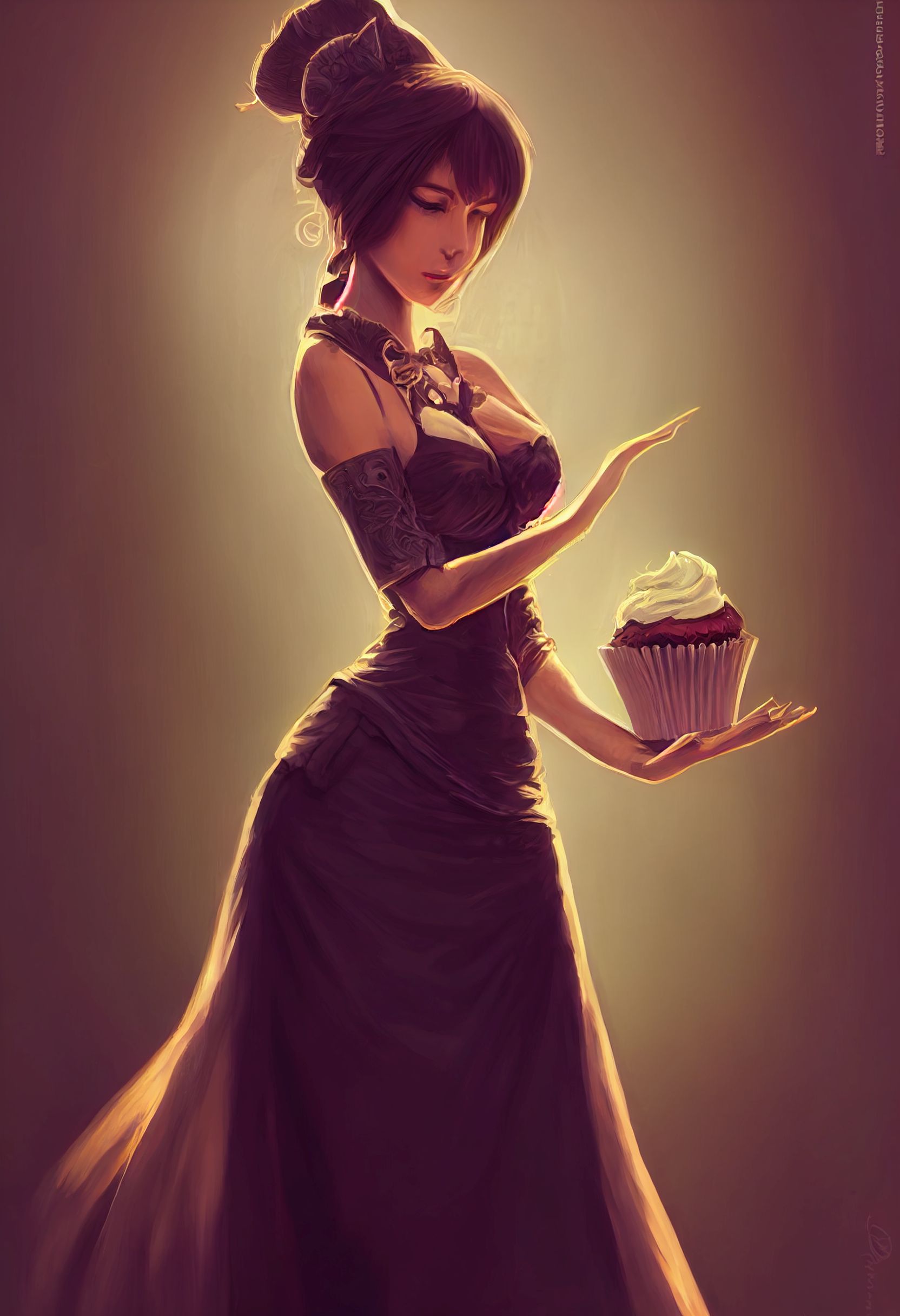
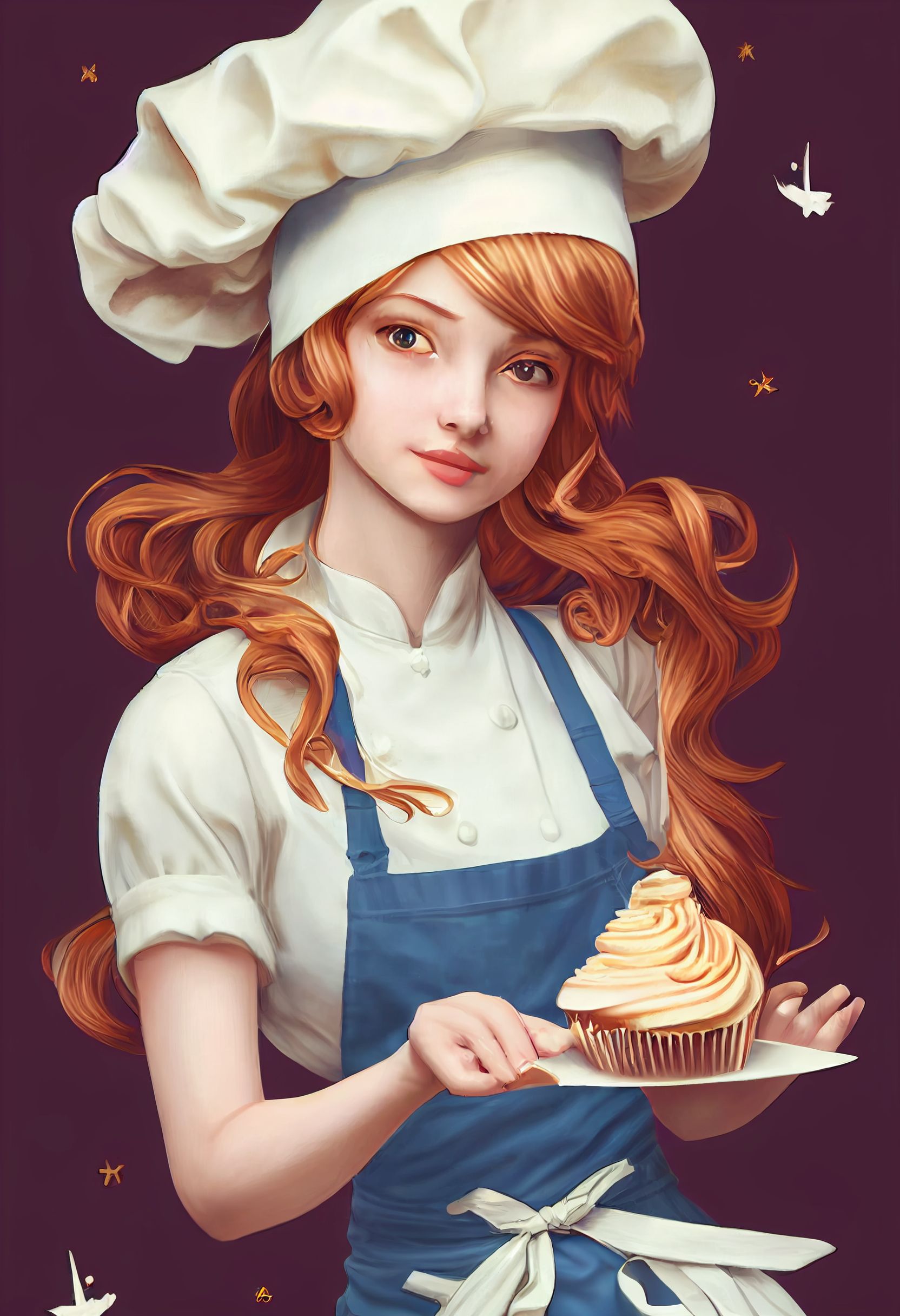
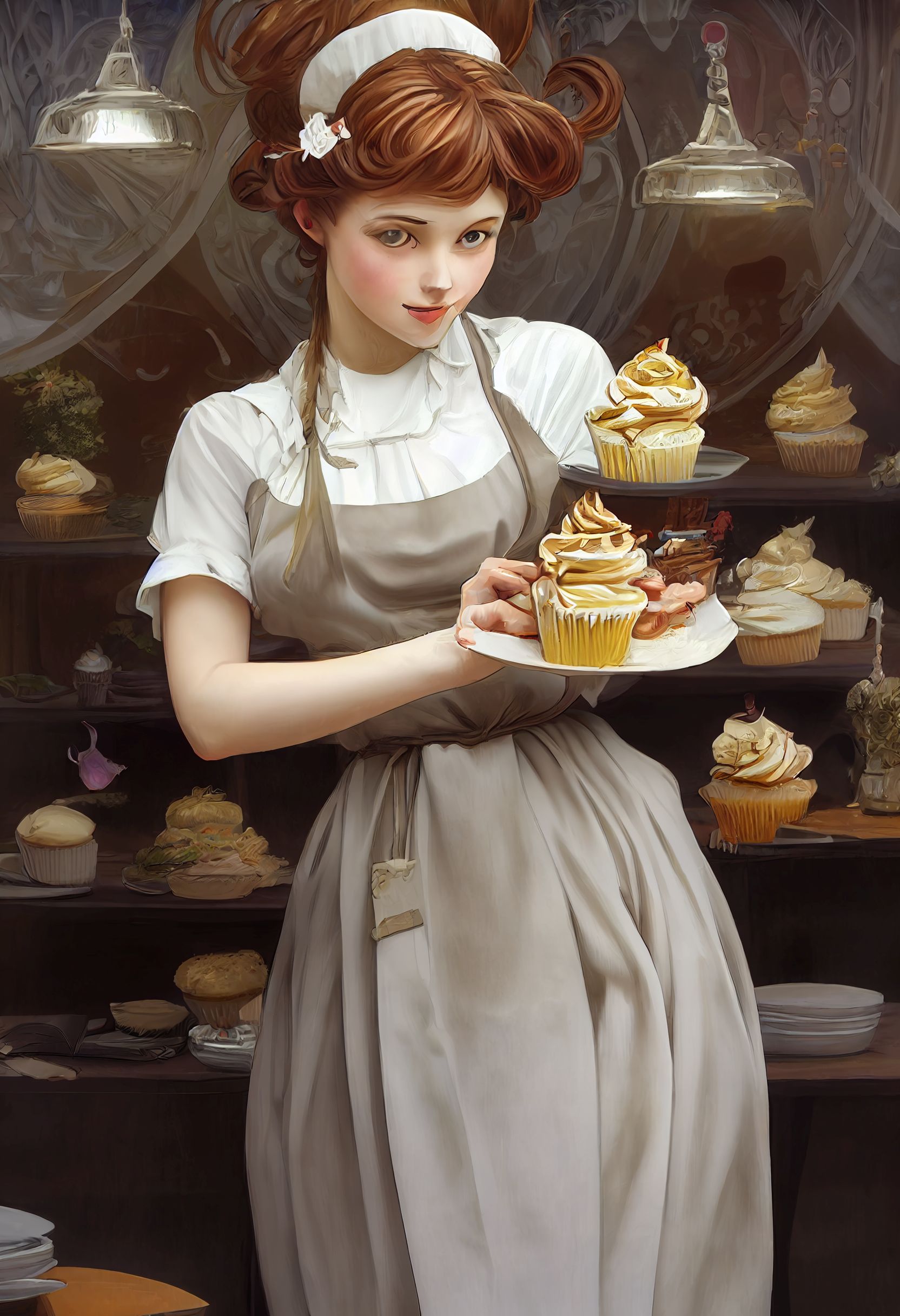
My personal definition of “art” includes the concept that it’s communication. It can communicate feeling, confusion, and it might even communicate a dog’s bark or my yelling, “Dude!”
When we have images that feel like art made by programs, our definitions become interesting. If there is a pattern to what we think or feel is art, it may be that in time, AI will feel more like art, than our art. Maybe we can look at what AI is doing and learn what our minds are doing. Maybe.
A photographer can look around, plan, wait, and seize the moment. A photographer’s art can be selecting the right moments and views, framing it, and then selecting from a hundred shots to find the one that most communicated what they wanted to say. Even with focus and umpteen other choices a photographer can make, some folks will still say that photography isn’t art.
The images above were created through the use of Midjourney AI. Note that the hands and eyes have issues. Hands are hard, even for AI. I’m not sure why the eyes are messed up as often as not, but there you have the state of AI at the time of this post.
Technically, the pictures here in this article, since the only alterations done to them was a change of format, might be free for you to use. They might be public domain. Then again, they might not. Most of the AI on this website has been tweaked. I would argue that while the originals would be free to use if you could obtain them, the versions I have adjusted and presented have value added and are no longer free for all to use. Until the courts make a decision on that, we don’t really know, do we?
While I think of art as communication, some see it as a livelihood. Others as a craft or investment or thing to worship. AI lets me ask for and participate in the production of images that will satisfy a range of needs.
As an artist, getting a model posed with the relevant shadows can be very expensive. I cannot afford such a model, but AI can do it for me. Again, settings can be expensive. Poof, AI fixed it. I might not get exactly what I wanted or asked for, but if I am using it as a guide, I can fix it.
It can also give me a perspective that might seem creative or at the very least, since an AI produced it, it will often give me options that I would not have otherwise thought of. So, as an artist’s tool or muse or teacher or personal art gallery, AI is wonderful. Your mileage may vary. I am a programmer, technician, and artist, so my success with AI might be hard for others to attain.
Anyone can get good or even great images out of AI. Getting what they planned for or specifically wanted may not be as easy.
Like I said, some folks don’t consider photography art. Some folk sneer at Andy Warhol’s works. Some go as far as to discount Pablo Picasso or Salvador Dali. Jackson Pollock and Wassily Kandinsky are not popular with everyone. Now we have a new source of images to debate. Call it “found art” if you consider that selecting it from the lesser images makes it art. If you consider the owner of a furniture factory as the person who made the furniture, then for certain, you should think that an image asked for with a set of words is art you made. Call it inspired art. The owner of the furniture factory who pointed out an image of a chair to the foreman may not know how to sharpen a chisel, but he gets the credit and money for a successful chair.
The impact of AI is huge. Using computer models of characters and posing them allows a creator to change images in a way that allows a graphic artist to make multiple variations of a classic painting with ease. The difference here is that getting up to speed and making an appealing character in Blender, for example, is a sharp learning curve. Let’s say a person starting out with Blender wants to make a pretty girl standing in a cupcake shop. A smart, talented, artistic person might manage to get on top of Blender and be able to make the quality scene they envisioned with a character they invented after a months hard, devoted work.
But a talentless cad can walk up to a computer and get a pretty girl by repeatedly entering the prompt, “Pretty girl in cupcake shop –test –creative”
Here is the difference: The Blender artist can pose the girl and have consistent behavior from scene to scene. The problems with her hands or eyes can be easily adjusted and fixed. The Blender artist owns his or her work. The cupcake shop was just how they wanted it, and the next scene will still be in the same cupcake shop.
The Blender artist may still want to use AI to generate some scenery, but in the end, the Blender artist has a lot more options.
I suspect that AI will get better. Right now, it will let writers publish books with cover art they previously could not afford.* It lets a few people pretend they have skills they do not. The problem I see that people aren’t yet screaming about is that this lets idiots pose the actress they lust for in ways the actress may object to. Photoshop has been used to do this for years. Now it can be done by the idiots that couldn’t figure out how to outline, use a few layers, and cut and paste in Photoshop.
Currently, most of the AI sites work hard to limit the range of tackiness that some of the “artists” want to express. The odds are good that at this very moment a few dozen of these “artists” are writing complaints to these AI sites protesting that art should be free, and expression should never be limited. If you track down the prompts these “artists” are using, with a few exceptions, you will see they are trying to weasel around the word restrictions to get nude pictures of actors and actresses who never signed up for the abuse.
Censorship is a terrible thing, unless of course, it is your image being abused.
If you want some real understanding of the impact of AI art, then watch this fellow’s rather brilliant analysis.** Phil Edwards pegged it. He compared AI art to machine-made lace. I was maybe a quarter through his YouTube video when I subscribed, slapped the “like” button, and rang the bell.
* I am a writer and an artist. AI may or may not help me make better covers in the future. If you want to judge my cover art, you can go to my Amazon Author Page and judge for yourself. One cover is my original watercolor, the other four are my original computer art. If while you are there, you decide to read one of my books and then leave a kind review, I will consider you one of my favorite people in the whole world. -Bob
**I purchased a copy of “The History of Lace” after watching this video. I’m a “fiber artist” though some would regard me with contempt for labeling myself thusly. -Ed.
